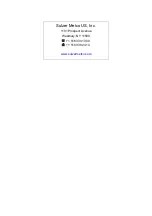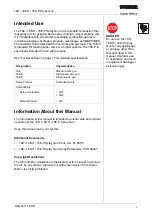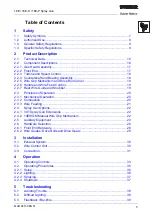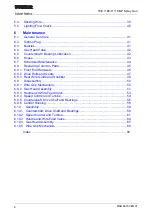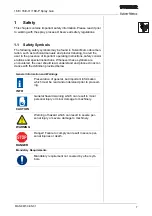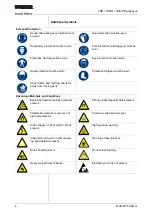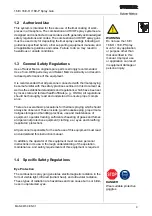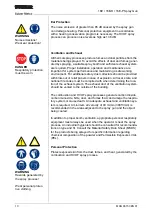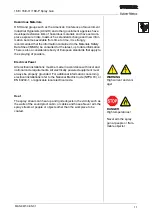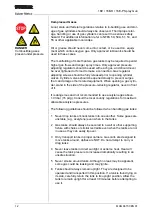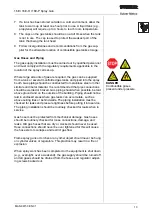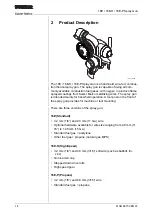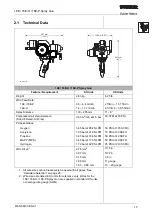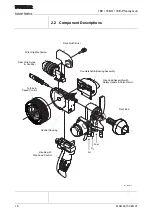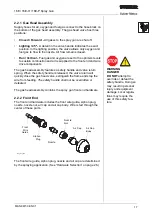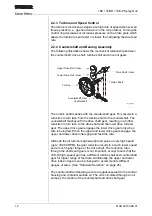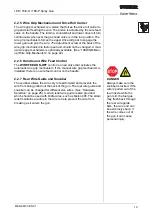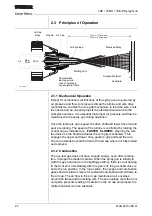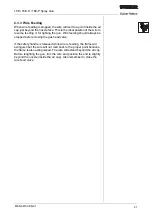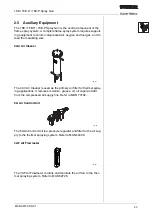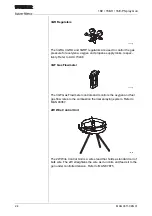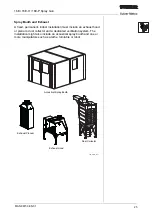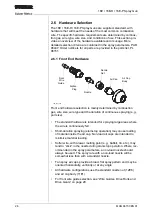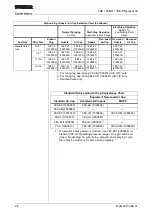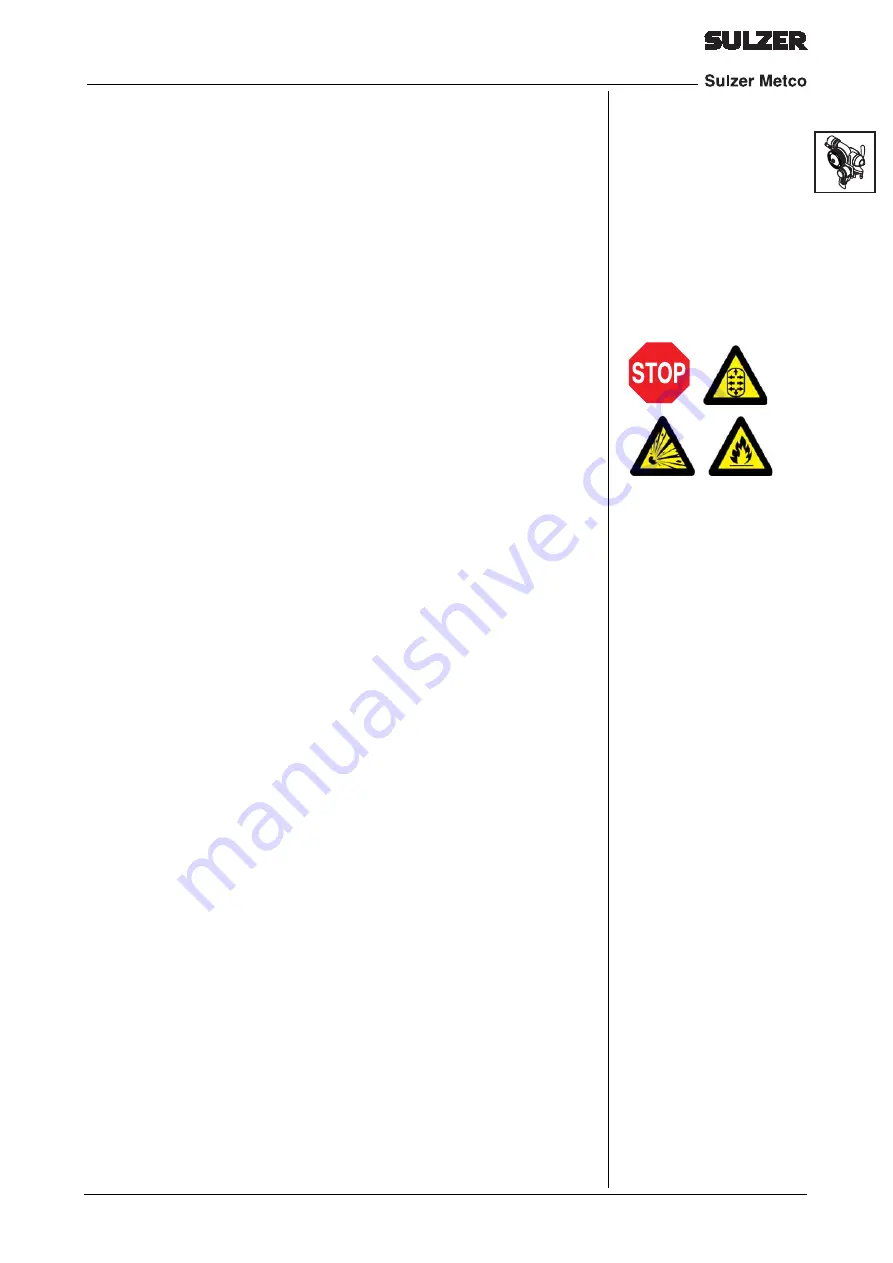
16E / 16E-H / 16E-P Spray Gun
13
MAN 96150 EN 01
7
If a tank has been stored outside in a cold environment, allow the
tank to warm up at least one hour prior to use. A liquid tank (e.g.,
propylene) will require up to 4 hours to reach room temperature.
8
The caps on the gas tanks should be on at all times when the tank
is not in use. The cap is used to protect the weakest part of the
tank; that being the tank head.
9
Follow local guidelines and recommendations from the gas sup-
plier for the allowable location of combustible gas tanks storage.
Gas Hoses and Piping
The gas supply installation must be carried out by qualified personnel
and must comply with the regulatory requirements applicable to the
location of the spray cell set-up.
Where large amounts of gas are required, the gas can be supplied
from a tank or several manifolded gas tanks and piped into the spray
booth. Gas piping should be constructed from stainless steel or other
similar solid metal material. It is recommended that pipe connections
should be welded or brazed. Gas piping should when possible, be laid
above ground and on the outside of the building. Piping should not be
laid in enclosed areas where gas leaks can accumulate, such as
above ceiling tiles or behind walls. The piping installation must be
checked for leaks and pressure tightness before putting it into service.
The piping installation should be routinely checked for leaks when in
service.
Gas hose must be protected from mechanical damage. Gas hoses
should be routinely checked for loose connections, damage, and
leaks. Old gas hoses that are dry or cracked should never be used.
Hose connections should never be over tightened for this will cause
the hose stem to collapse and restrict gas flow.
Flame spray guns or torches or any other object should never be hung
on cylinder valves or regulators. This practice may result in a fire or
explosion.
When spray work has been completed or the equipment is shut down
(e.g., overnight, over a weekend), the gas supply should be turned off
and all gases should be drained from the hoses and regulator adjust-
ing screws backed out.
DANGER
Combustible gases
present under pressure.


